
In 1990, the Japanese Covered Bridge was recognized by the Ministry of Culture as a historical and cultural relic (of the country). In 1999, UNESCO listed the ancient town of Hoi An as a World Cultural Heritage Site. The Japanese Covered Bridge is one of the important relics that make up this world cultural heritage. The image of the Japanese Covered Bridge is also printed on the 20,000 VND banknote in the current currency system in Vietnam.
Over the past 4 centuries, this architectural work has been seriously degraded and damaged and has undergone 7 restorations.
The most important renovation started on December 28, 2022, with a total investment of 20.2 billion VND, from the budget of Hoi An City and Quang Nam Province.
As planned, on August 3, 2024, Hoi An City will inaugurate the restoration of the Japanese Covered Bridge on the occasion of the 20th Vietnam - Japan Cultural Week taking place in Hoi An.
However, in the last days of July 2024, when the system of shelters serving the restoration of the Japanese Covered Bridge was dismantled, revealing this relic after nearly 2 years of major restoration, with a "brighter" appearance than before, on social networks and mainstream media there were many conflicting opinions about the Japanese Covered Bridge after restoration. These opinions mainly criticized, belittled, and ridiculed... claiming that the Japanese Covered Bridge had been restored incorrectly, had been "rejuvenated" and that the restoration had destroyed a "symbol of Hoi An", a cultural heritage of humanity...
Is it wrong to restore the Japanese Covered Bridge?
As someone who worked in the museum conservation industry in Hue for 17 years; studied in the field of archaeology, relic conservation and cultural heritage management in Japan, Korea, Germany and France from 1997 to 2004, and visited the restoration site of the Japanese Covered Bridge several times to visit and examine in 2023, as well as observed detailed photos of the Japanese Covered Bridge before and after the restoration (published by the press and social networks), I affirm that: the Japanese Covered Bridge restoration team has carried out the work methodically, scientifically , seriously and the restoration results are good, returning to Hoi An a Japanese Covered Bridge that is true to its original appearance and form but more solid and sturdy.

There is nothing wrong or blameworthy as public opinion has voiced in the past few days, when comparing the images of the Japanese Covered Bridge before and after the restoration.
Why do I dare to assert the above?
First of all, I agree with the "renovation and demolition" option that the Japanese Covered Bridge restoration project chose, after organizing an expert workshop to evaluate and select the Japanese Covered Bridge restoration option.
In August 2016, when hearing the news that the Japanese Covered Bridge would be completely dismantled for restoration, many conservation experts, architects, managers and even Hoi An leaders were worried about the risk of "turning the more than 400-year-old bridge into a 1-year-old bridge". However, after Hoi An organized a workshop for experts and heard reports on possible restoration options for the Japanese Covered Bridge, including analysis and evaluation by conservation experts from Japan, the "renovation and dismantling" option was chosen.
I highly appreciate the choice of this option, because after more than 400 years of existence in the harsh weather conditions in the Central region: intense sunlight, continuous rain, and annual flooding, the Japanese Covered Bridge has deteriorated and been severely damaged: the foundation has sunk and tilted; many wooden structures are termite-infested and rotten; the brick wall system is peeling off..., causing the overall shape of the Japanese Covered Bridge to be somewhat deformed; the architectural connections are weakened, causing the structure to collapse, especially when storms strike. Therefore, choosing the "renovation and demolition" option to thoroughly handle the foundation: adjusting, reinforcing, and strengthening to increase bearing capacity; dismantling wooden structures to replace rotten parts; replacing broken roof tiles, reinforcing brick walls at both ends of the bridge; replacing damaged wooden parts on the bridge deck and railings is necessary.
If we choose the "partial restoration" option, we will not completely solve the chronic problems of the Japanese Covered Bridge, like the 6 previous restorations.
“Renovation and restoration” has a successful precedent.
In the Nguyen Dynasty architectural complex in the ancient capital of Hue, before 1998, the restoration of relics, especially relics with wooden structures as load-bearing frames and brick walls, was often done in a piecemeal manner, in other words, "repair where it is damaged". The reason for this was due to lack of funds and the lack of appropriate technical solutions to choose other restoration options, including the "renovation" option. Therefore, these "partially restored" relics continued to deteriorate and leak after a short time, causing serious damage to the interior, forcing the management agencies of these relics to set up projects and request budgets to restore the relics.

In 1995, when the Toyota Foundation funded the restoration of Huu Tung Pagoda (Minh Mang King's tomb), they simultaneously sought a team of relic restoration experts from Nihon University (Japan), led by Professor, Dr., Architect Shigeeda Yutaka, with the advice of master craftsman Takeshi Tanaka (a "living human treasure" of Japan) to come to Hue to support the team of craftsmen in Hue to restore this relic.
The Japanese expert group recommended to the Hue Monuments Conservation Center to choose the "renovation and demolition" option and it was approved.
After more than 3 years of restoration, the Huu Tung Tu relic has been restored with its old and much more solid appearance. Huu Tung Tu has become a "model" for the Hue Monuments Conservation Center to refer to and practice other restoration projects such as: Sung An Palace, Bi Dinh, Hien Duc Gate (Minh Mang King's tomb), Bieu Duc Palace, Hong Trach Gate (Thieu Tri King's tomb), Ngung Hy Palace, Ta Huu Tung Tu (Dong Khanh King's tomb)..., and recently Thai Hoa Palace (Hoang Thanh), Hoa Khiem Palace Minh Khiem Duong (Tu Duc King's tomb)... are also being restored using this "renovation" method.
How was the Japanese Covered Bridge restored?
Let's follow the statements of Hoi An City leaders and the restoration team quoted in the press in the past few days:
- Mr. Nguyen Su (former Secretary of Hoi An City Party Committee): “… In principle, the unit assigned to carry out the restoration of the Japanese Covered Bridge has made good use of the usable structures, that is, all the architectural parts that can still be used such as wood, floors, railings... if they are guaranteed to be original, they have been retained. Only some rotten wooden bars have been replaced. For these new wooden bars, the construction unit needs to research and process them so that they are similar in color to the old wooden parts. It is even necessary to clearly engrave the date, month, and year on the new wooden bars so that future generations will know when these parts were restored…” (VTC News, July 27, 2024).
- Mr. Nguyen Van Son (Chairman of Hoi An City): “… When organizing the restoration, all the wooden structures, patterns, and every small detail of the relic were completely retained. Any damaged details, patterns, wood, or tiles will be replaced to match the old wood color like the relic… The structure, internal details, and patterns are all retained like the ancient features of the Japanese Covered Bridge… The crystallization of hundreds of years cannot be removed and replaced with new ones. In particular, the function of the Japanese Covered Bridge remains unchanged…” (Dan Viet, July 28, 2024);
- Mr. Pham Phu Ngoc (Director of Hoi An Cultural Heritage Management and Conservation Center): “… The Japanese Covered Bridge relic is an important component with typical value in Hoi An ancient town, so the survey, research, assessment, technical processing, and adjustment of documents ensure that the restoration work is carried out carefully and methodically… The color of the decorative roof system of the Japanese Covered Bridge is restored based on some locations that still have the original color, combined with the results of research and survey of similar traditional religious works in Hoi An, as proposed by experts through consultations and discussions…” (Dai Doan Ket, July 28, 2024)…
As well as the overall photos of the Japanese Covered Bridge and detailed photos of the wooden structures inside the relic, which the press and social networks have posted over the past two days, show that the Japanese Covered Bridge restoration team has done the right thing, done well, ensuring the principles of conservation and the “authenticity” of the Japanese Covered Bridge relic, there is nothing to criticize or disparage.

What is the authenticity of heritage?
According to the Nara Document on Authenticity adopted by the UNESCO World Heritage Committee, ICCROM and ICOMOS at the Nara Conference on Authenticity (under the framework of the International Heritage Convention) held in Nara in November 1994, “authenticity” includes design ideas, construction materials, technical technology, usage methods, time, space that form the heritage and its values… guaranteed in the process of restoration and conservation of the monuments” (Section 13 of the Nara Document on Authenticity, 1994).
During the restoration of the Japanese Covered Bridge relic, the authenticity of this relic was adhered to by the Project Management Board and the restoration team, demonstrated through the work and restoration results that I mentioned above.
At the same time, according to Mr. Nguyen Van Son (Chairman of Hoi An City): “… When restoring the Japanese Covered Bridge, the Japanese side also sent experts from the JICA Organization, the Japanese Cultural Affairs Agency to advise Hoi An on restoring the Japanese Covered Bridge to a high level of accuracy…” (Dan Viet, July 28, 2024), the “online criticism” of the style “The Japanese Covered Bridge was wrongly restored, modernized, rejuvenated…” by people who are not experts, lack goodwill and follow trends on social networks… is not satisfactory.
Epilogue
During the two years of 1997 - 1998, when I was studying in Japan, I was sent by the organization that accepted me to study, Shimaneken Kokudai Bunka Senta (Shimane Prefectural Ancient Culture Research Center), to do research and practice at many archaeological excavation sites and relic restoration sites in Shimane, Osaka and Nara. Among them, I was assigned to closely follow the team of experts who were restoring the Suzakumon (Vermilion Bird Gate), the main southern gate of Heijo-kyo (Heijo-kyo) in the ancient capital of Nara.
It was a two-story wooden structure that was completely destroyed by time and wars during the Middle Ages (18th - 16th centuries). The Japanese discovered the ruins in 1918 and began the research process to restore it.
In 1993, the Japanese decided to restore (fukugen) the Suzakumon ruins.
It is extremely difficult to determine the appearance of Suzakumon because there are no remaining structural traces. However, based on historical documents and archaeological findings, the Nara National Research Institute for Cultural Heritage (Nabuken) proposed a conjectural model, based on similar architecture elsewhere, and publicly solicited opinions from conservation experts, historians, architects, and the public in Nara, Tokyo, Osaka, Kyoto, etc. After that, the project to restore the Suzakumon ruins was completed with a total budget of 3.6 billion yen (approximately 360 billion VND at that time). After more than 5 years of implementation, the Suzakumon ruins have now been reconstructed to its original form.

It is worth mentioning that after restoration, Suzakumon reappeared with brilliant and splendid colors, without anyone criticizing that "the 1,200-year-old Suzakumon relic looks like it is one year old".
The Nara Document on Authenticity 1994 introduced the concept of “Constitutive Value of Heritage” in Section 6 (Diversity of Cultural Heritage Existing in Time and Space) and Section 9 (Form and Design, Materials and Substance, Use and Function, Tradition and Technique, Location and Setting, Spirit and Feeling, and Other Internal and External Factors). Accordingly, cultural heritage has values originating from the community that produces it, inherited and developed, not immutable, but preserved by the community based on authenticity and reserved and confirmed by the community.
The seemingly new colors of the Japanese Covered Bridge after restoration will “remain calm” after only a few rainy and sunny seasons. The important thing is that the core values of the Japanese Covered Bridge in terms of history, culture, art, emotional values and future usage values still exist with the community, the nation and humanity, and will not be lost.
So what is there to be "buzzing" about the Japanese Covered Bridge after restoration?
Source: https://baoquangnam.vn/trung-tu-chua-cau-co-gi-ma-phai-xon-xao-3138685.html




![[Photo] President Luong Cuong receives Speaker of the New Zealand Parliament Gerry Brownlee](https://vphoto.vietnam.vn/thumb/1200x675/vietnam/resource/IMAGE/2025/8/29/7accfe1f5d85485da58b0a61d35dc10f)






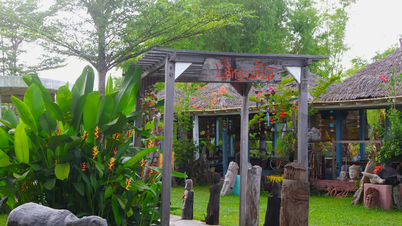

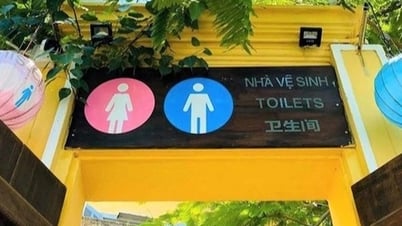



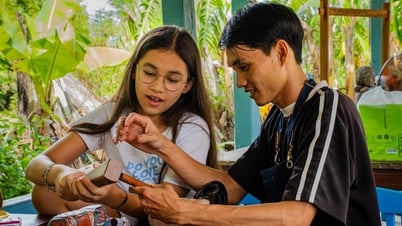
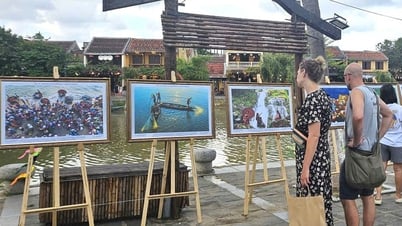



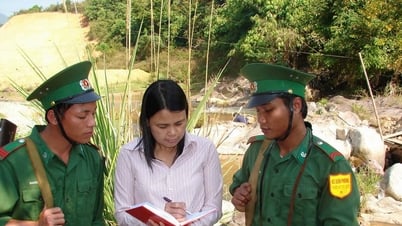
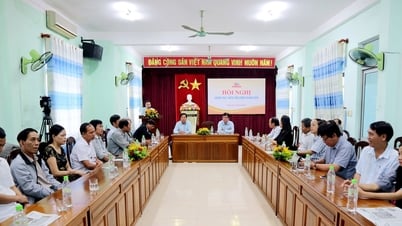
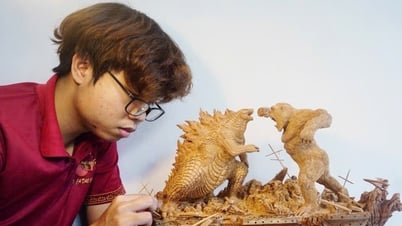


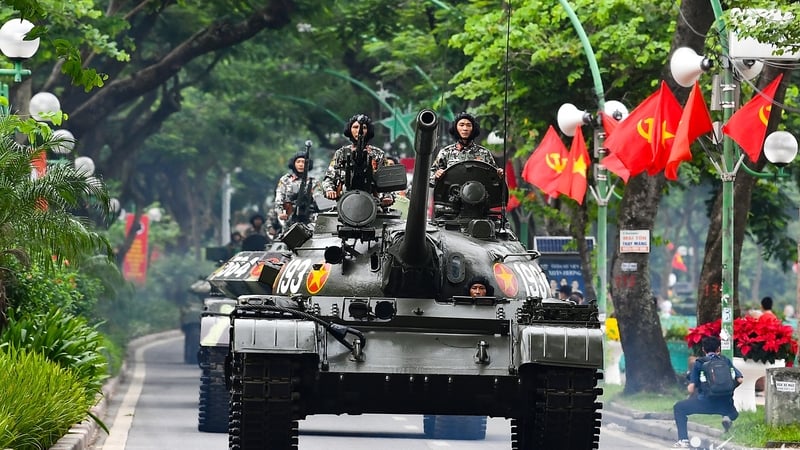



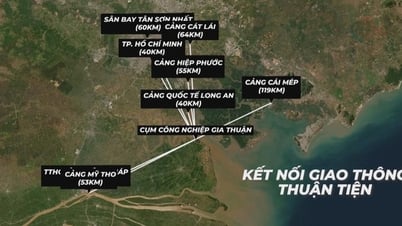


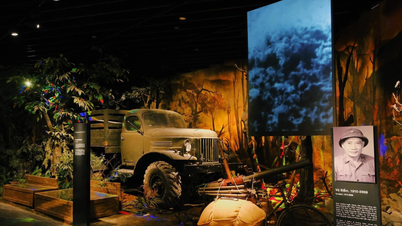
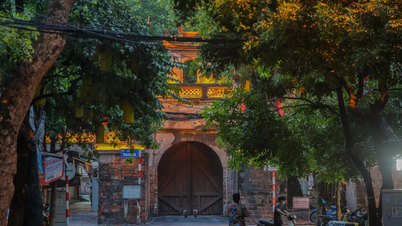


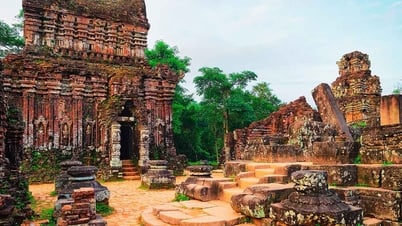

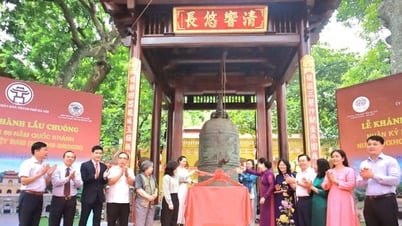

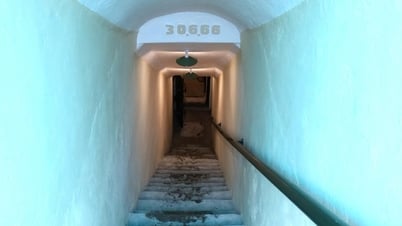

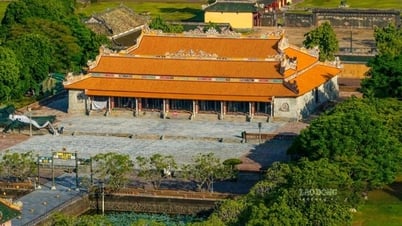
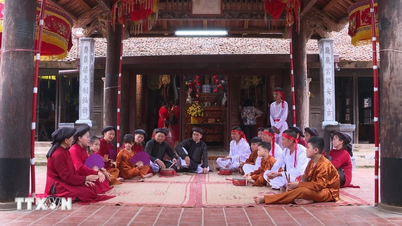


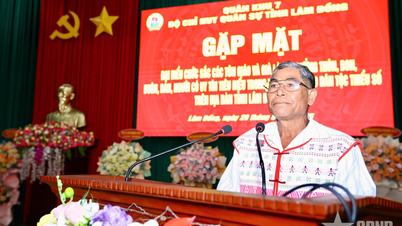




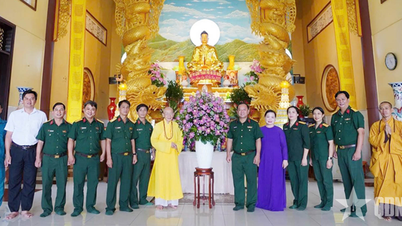
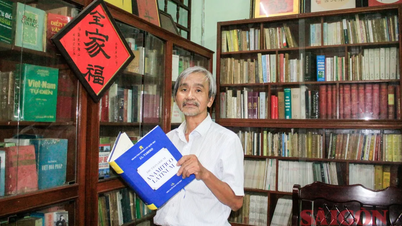

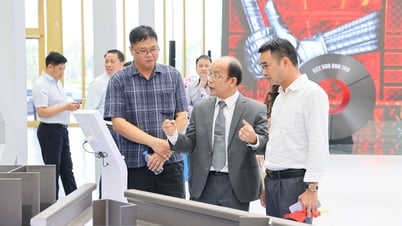

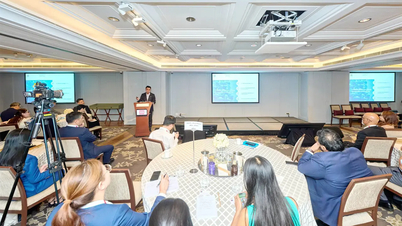
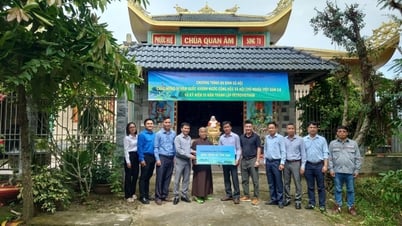
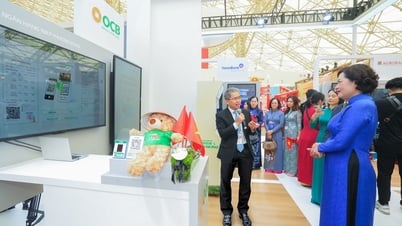









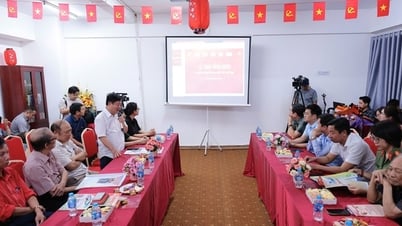



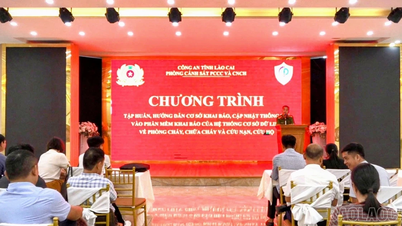

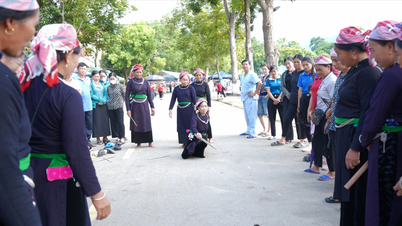


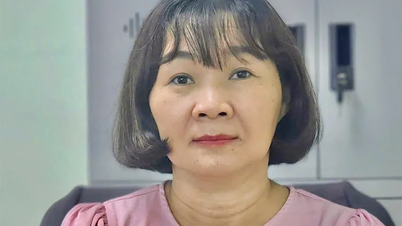



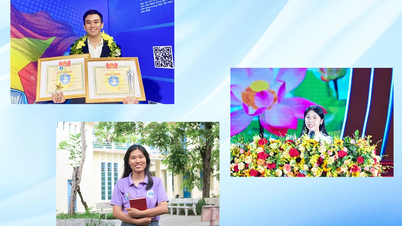



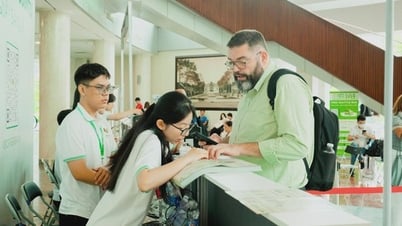
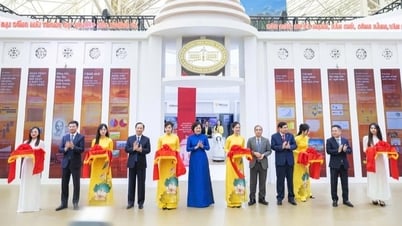






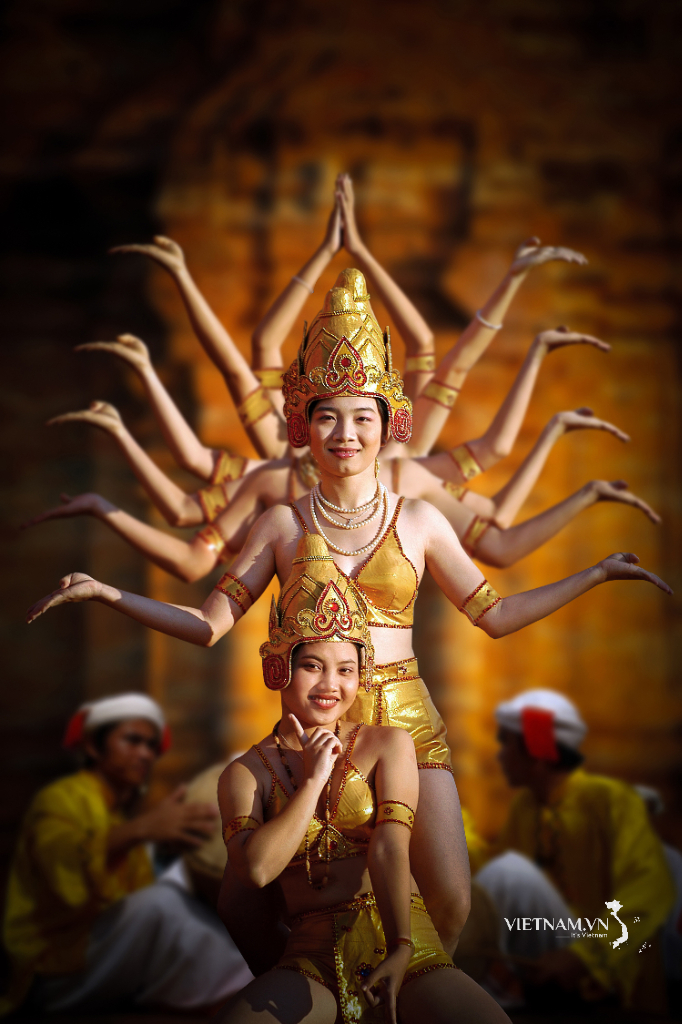
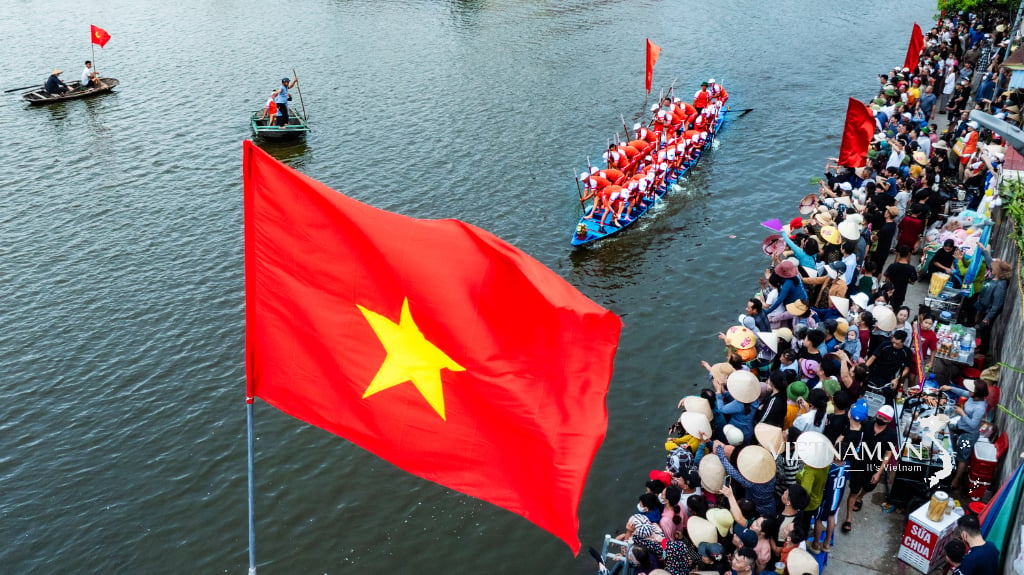
Comment (0)